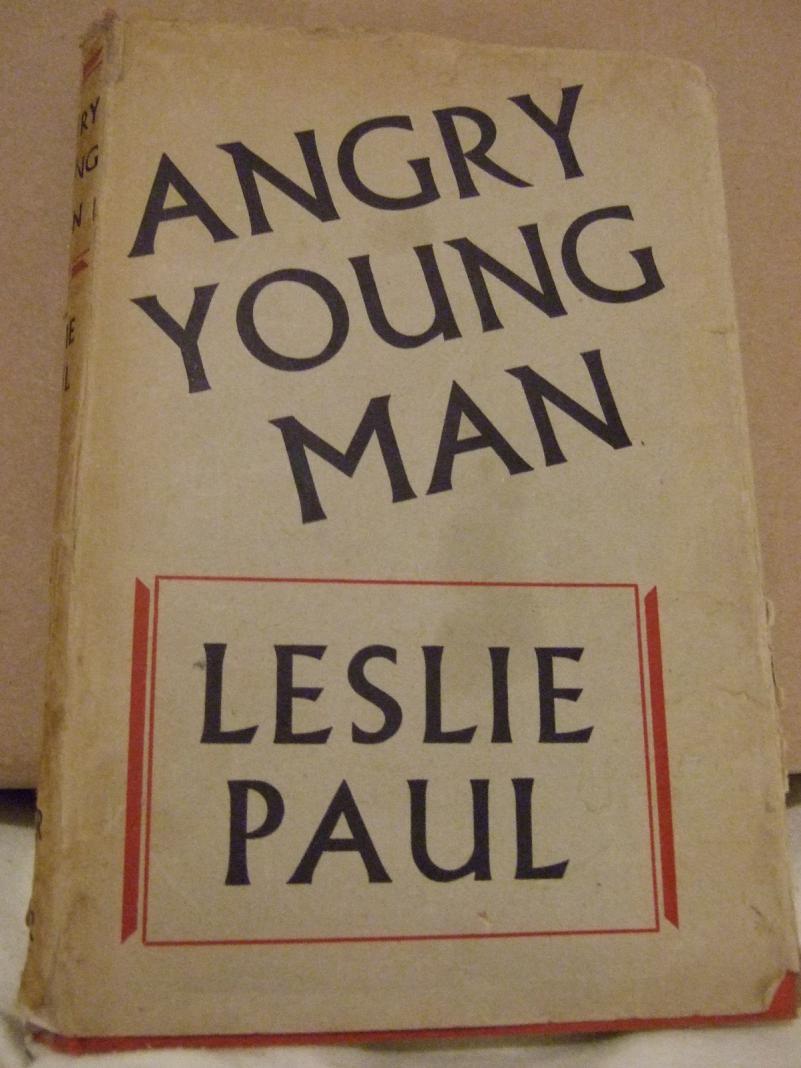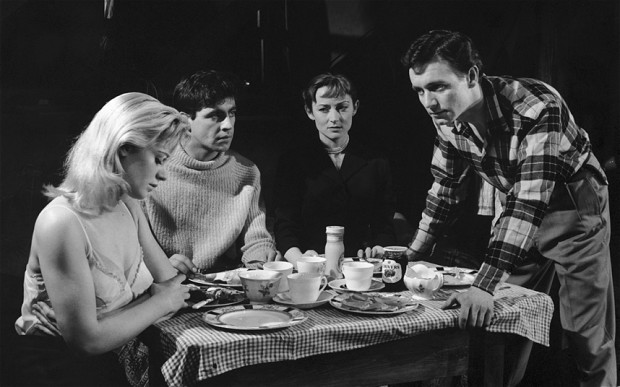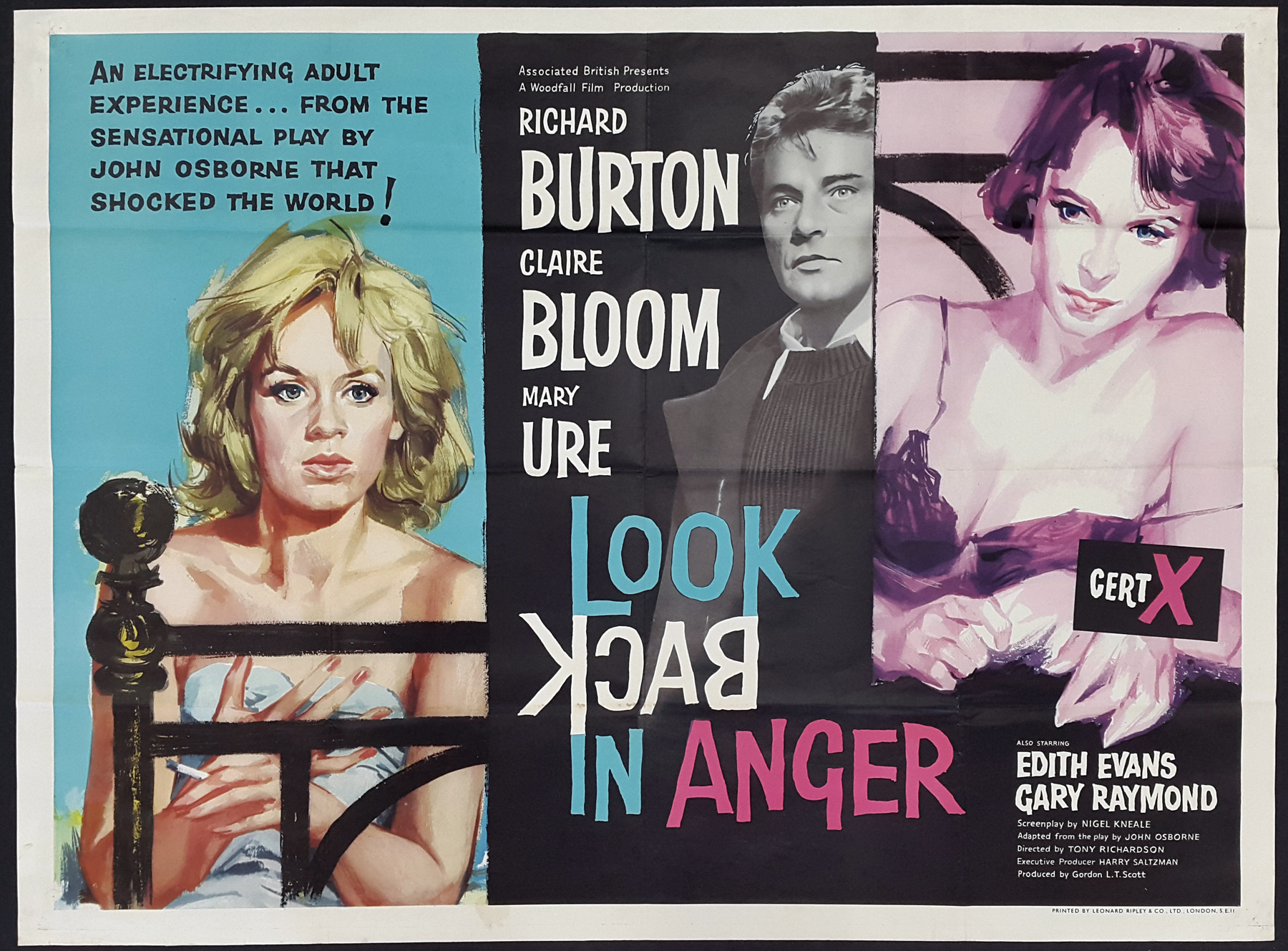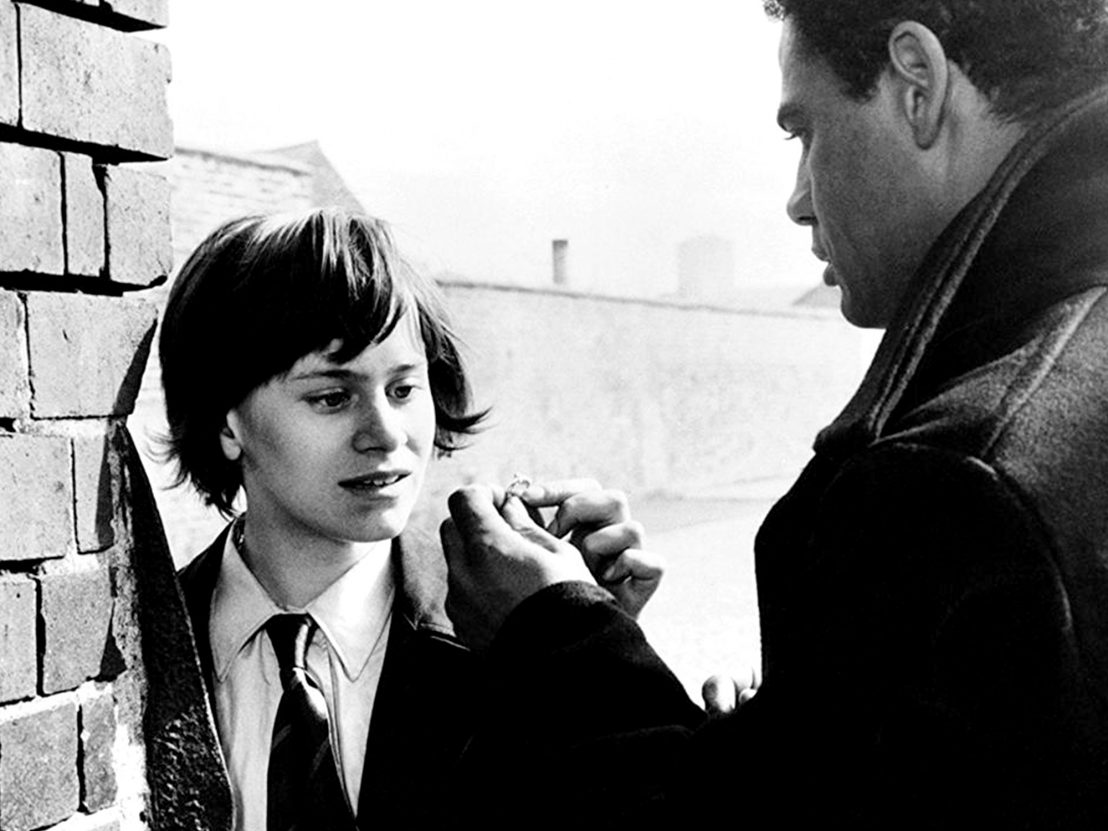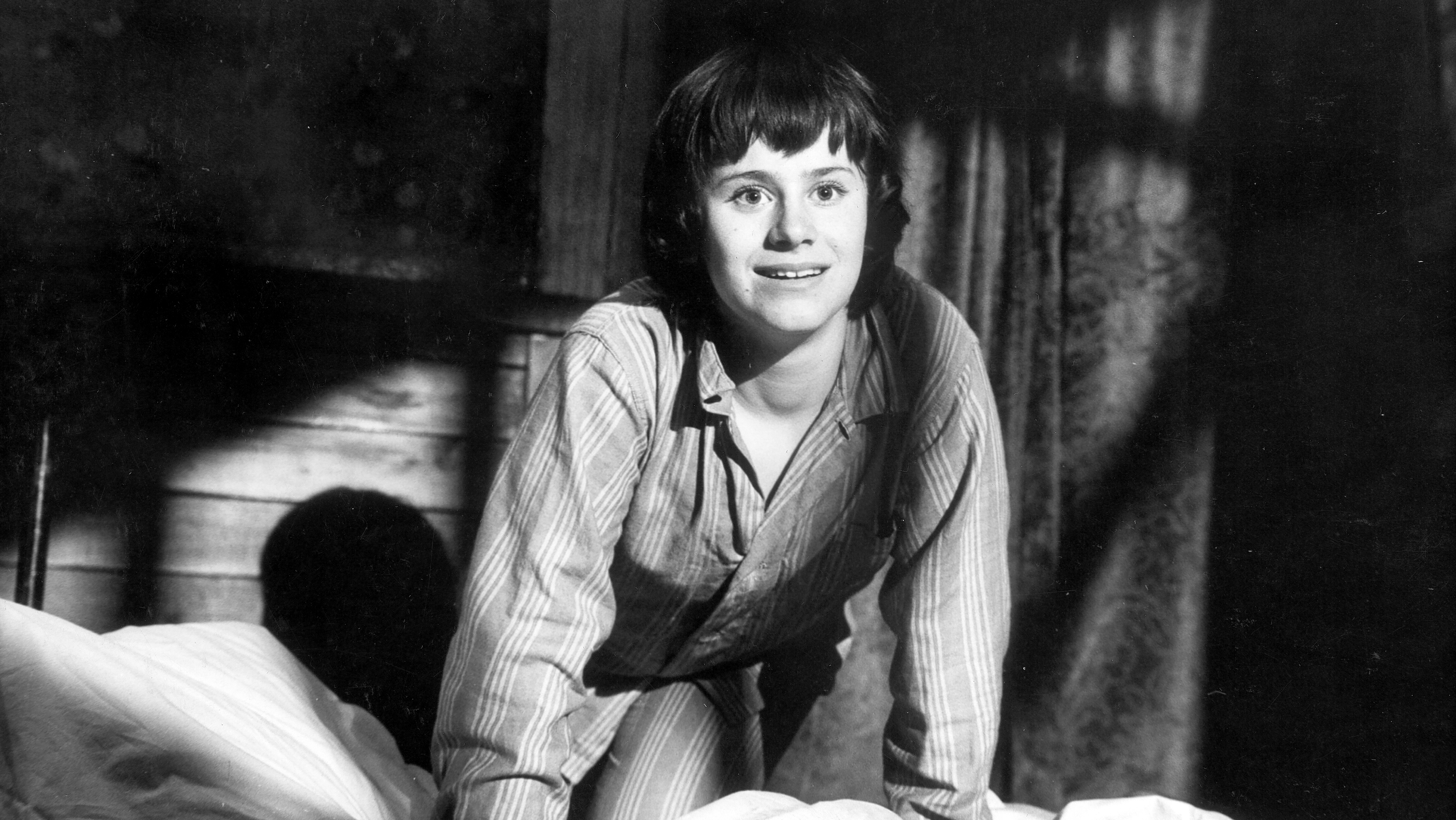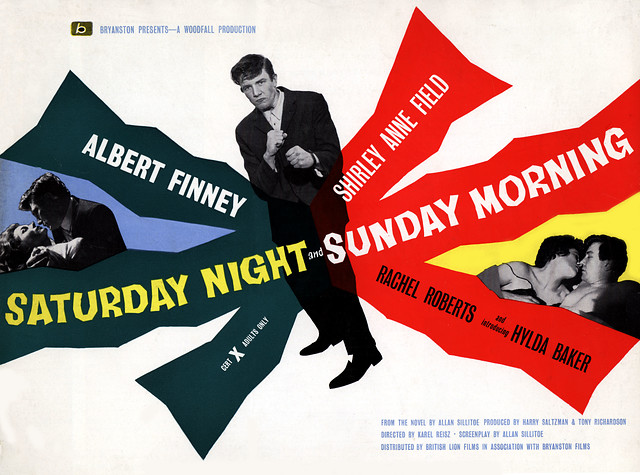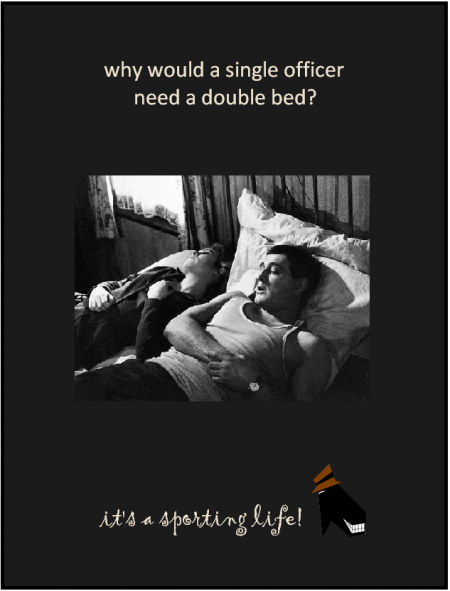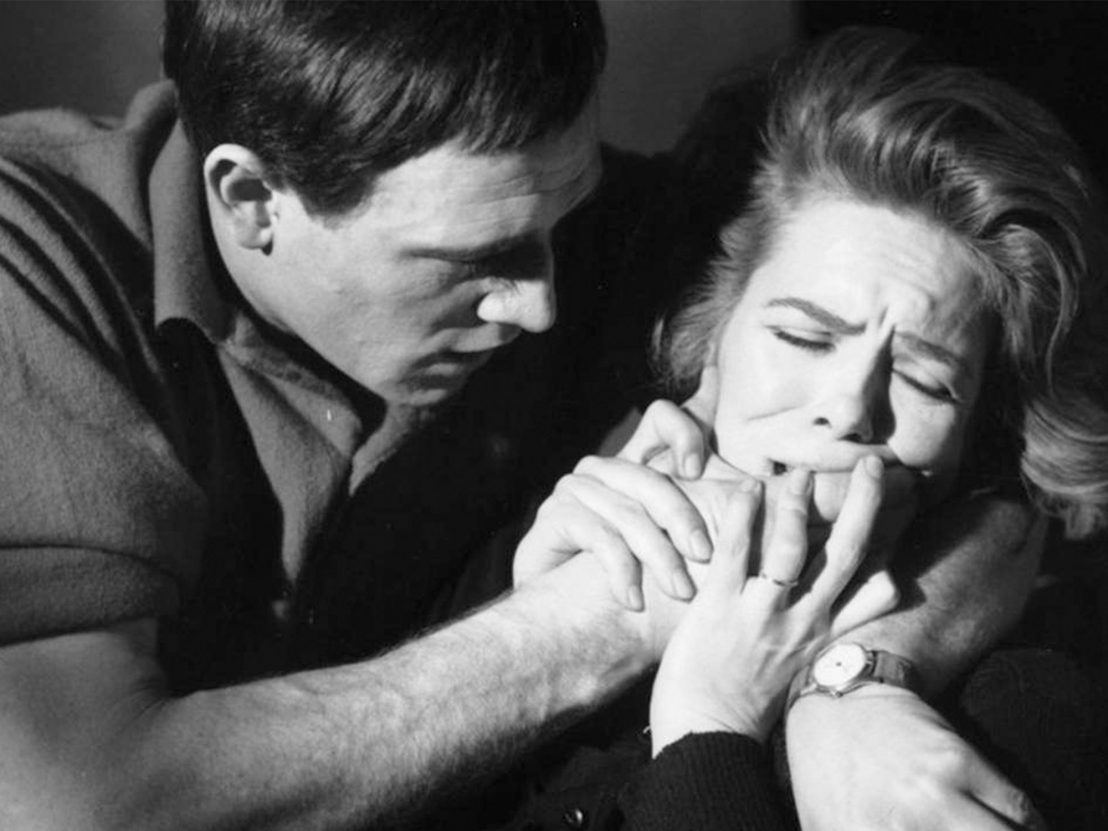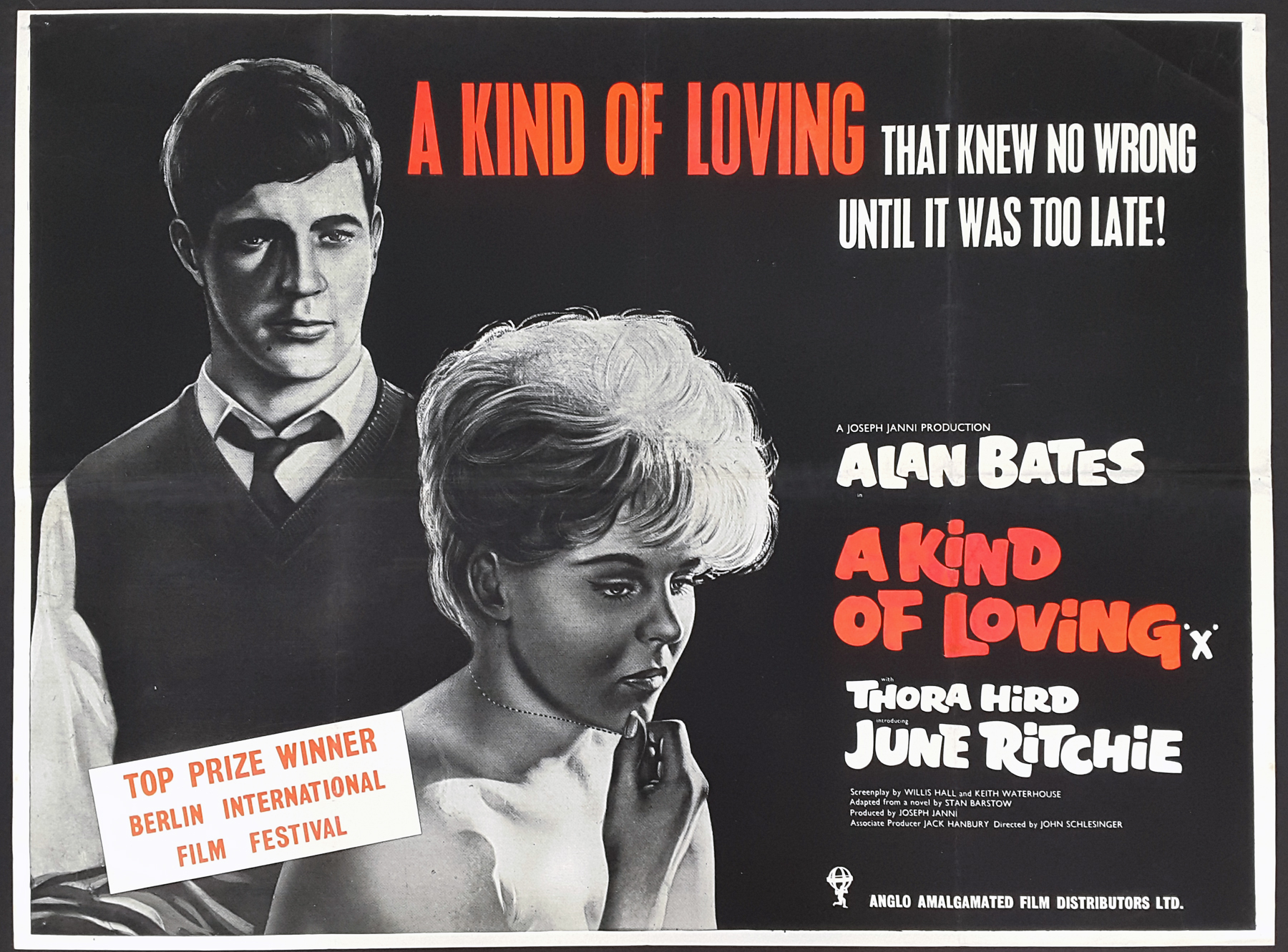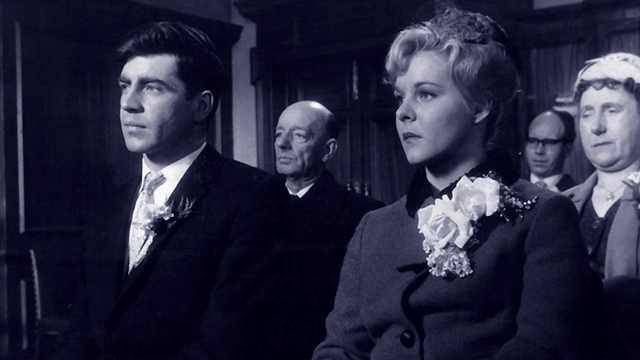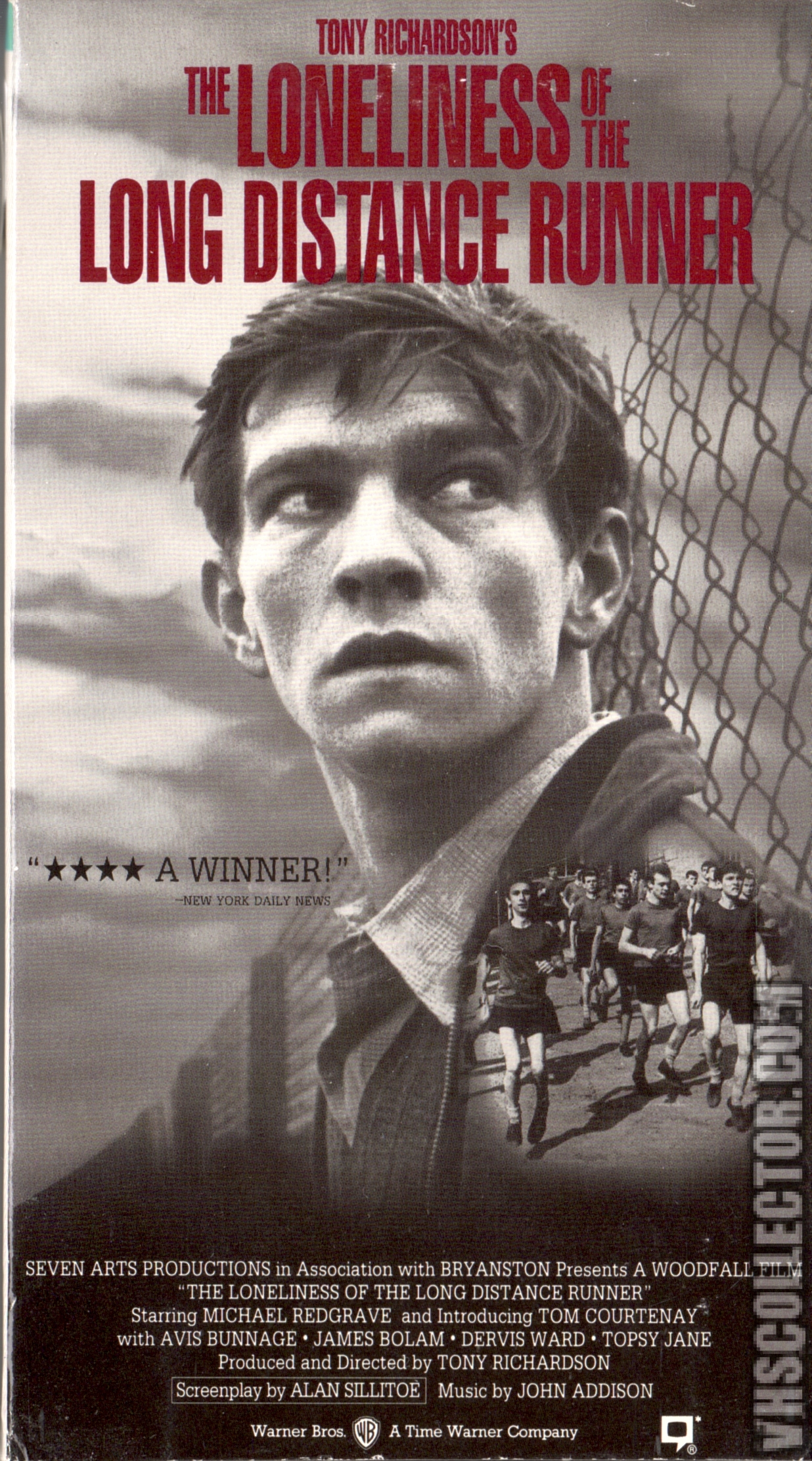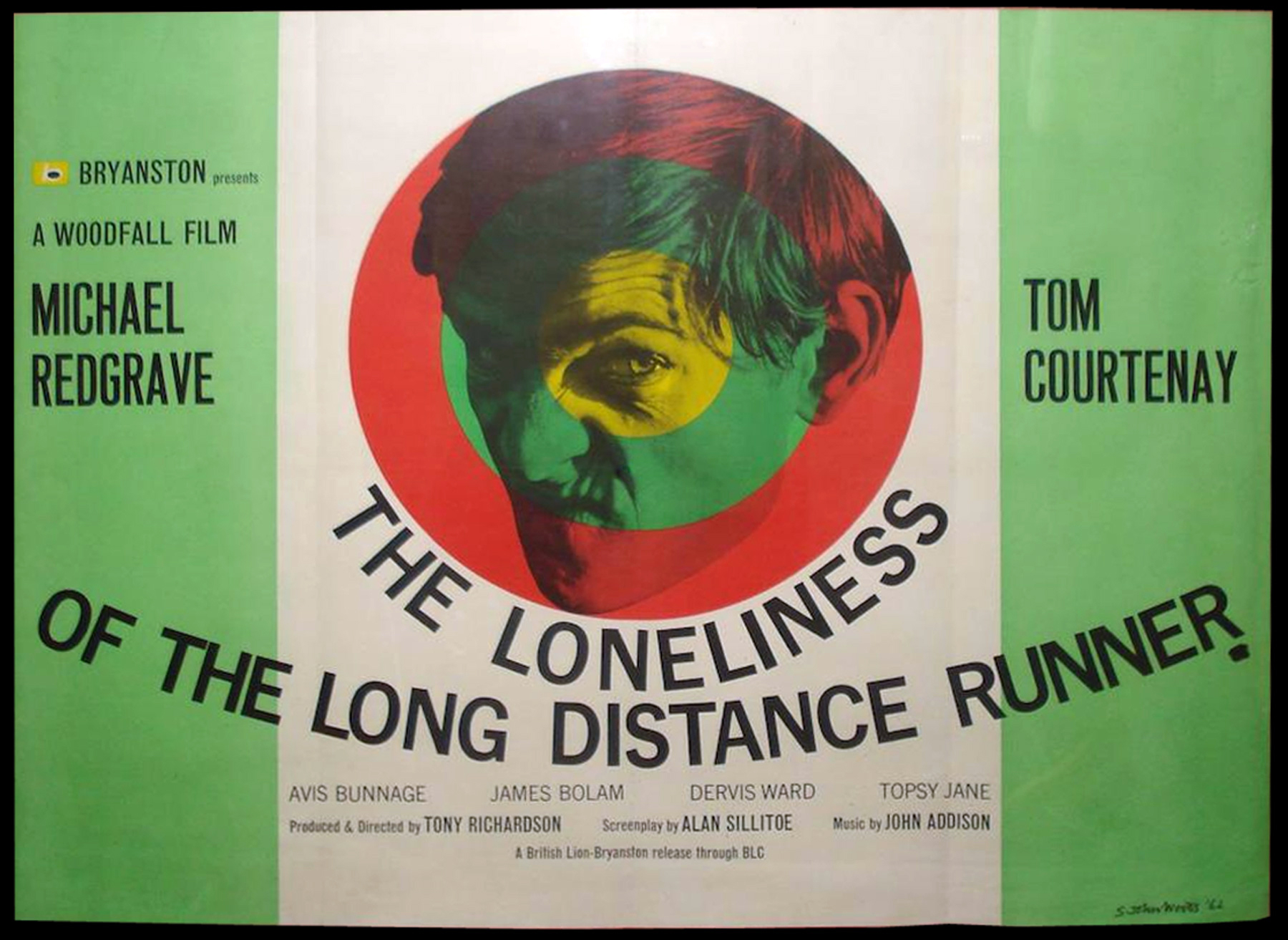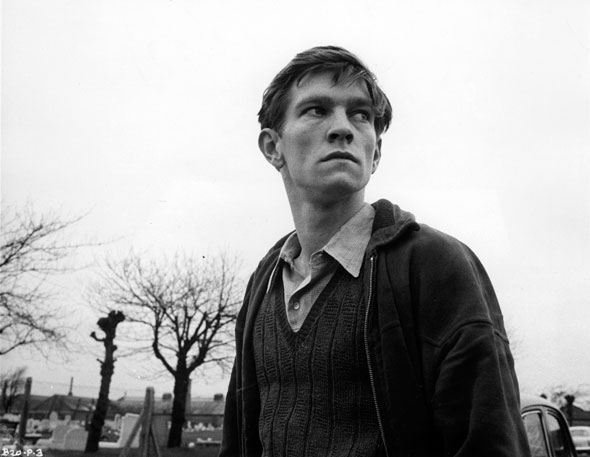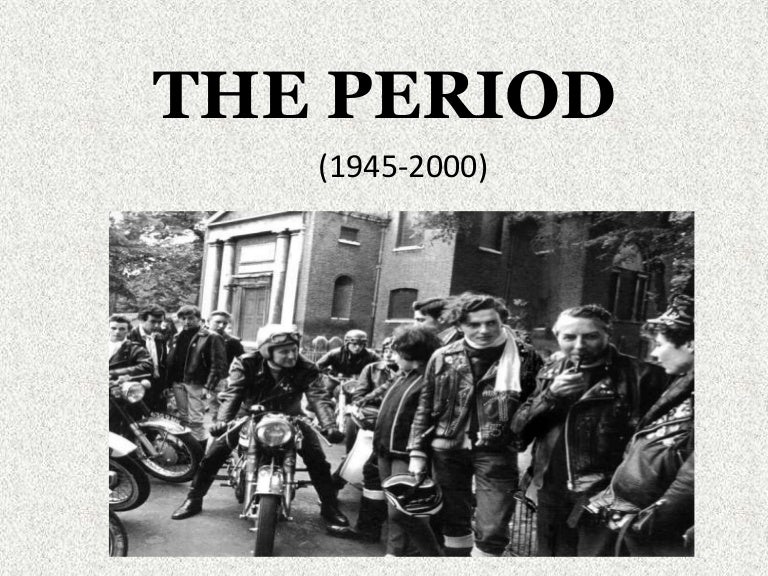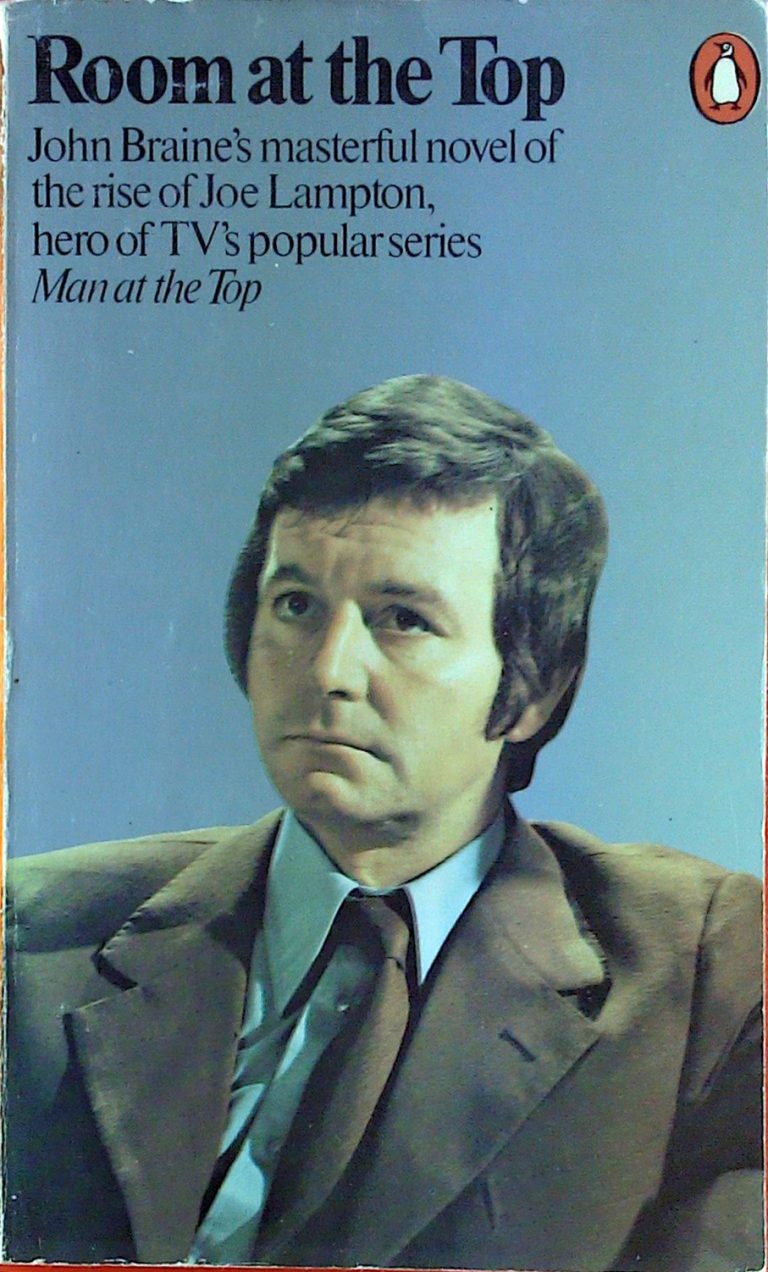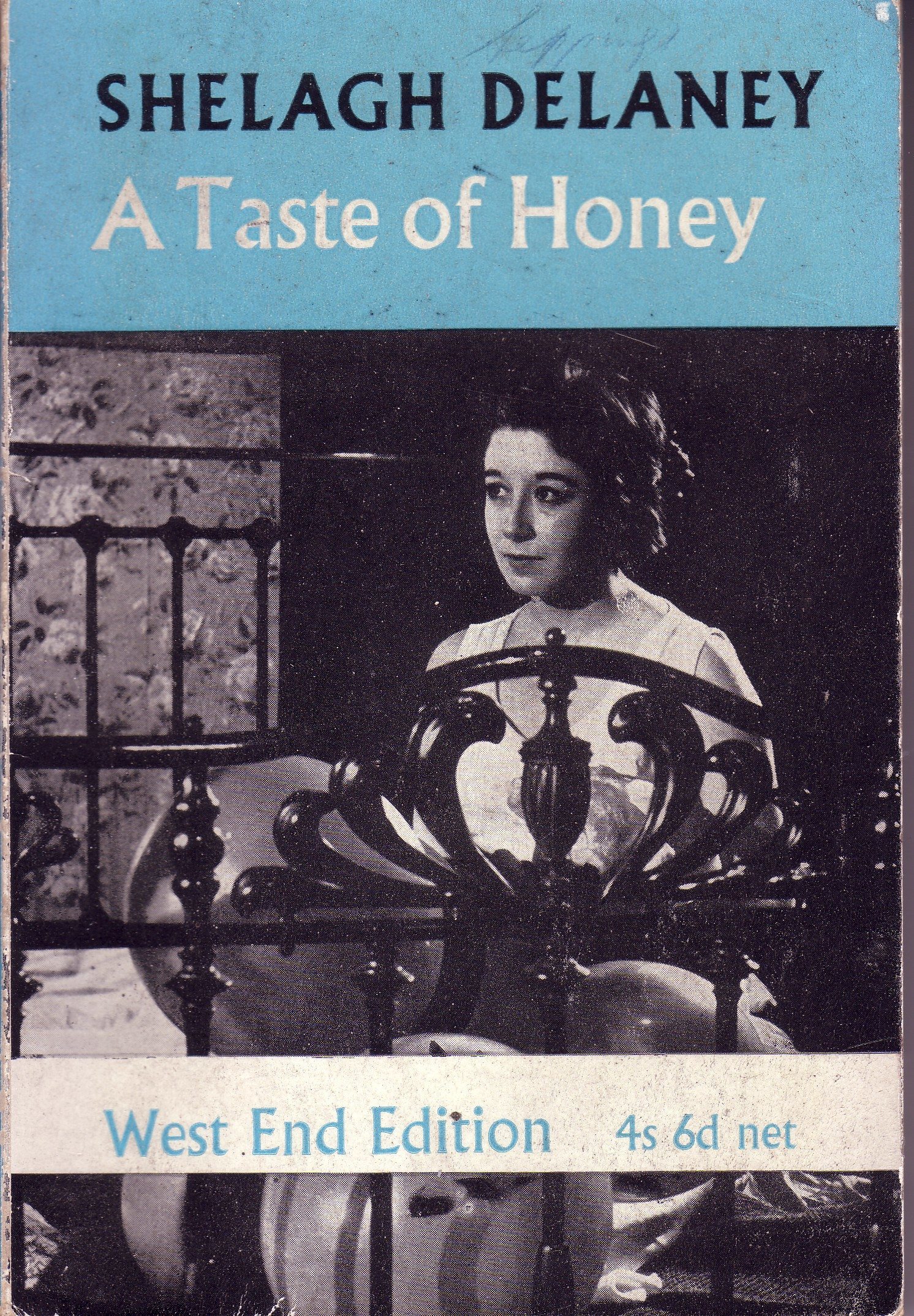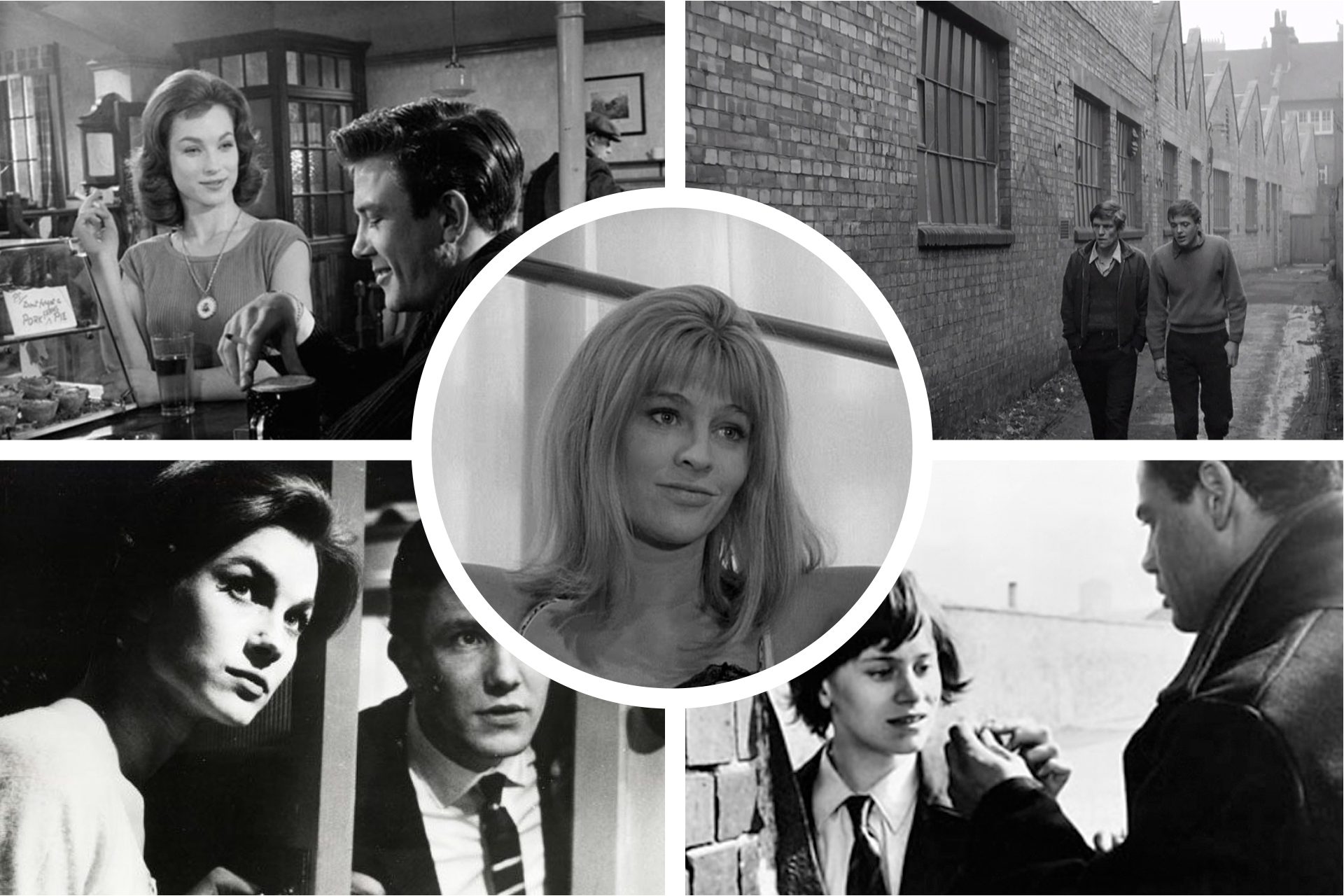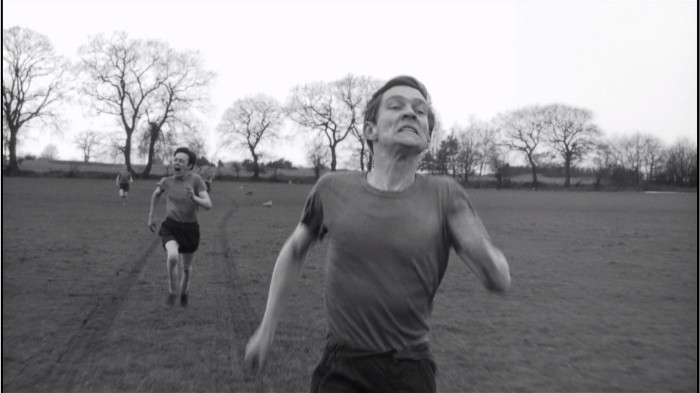The term "angry young men" was first used to describe a group of British playwrights and novelists who rose to prominence in the 1950s and 1960s. These writers, often from working-class backgrounds, were known for their gritty and realistic portrayals of post-war life in Britain. The kitchen sink drama was a genre that emerged during this time, and it became synonymous with the angry young men movement. John Osborne's Look Back in Anger was the play that kickstarted the angry young men movement. It premiered in 1956 and caused a sensation with its raw and unflinching portrayal of a young, disillusioned man named Jimmy Porter. The play tackled issues of class, love, and the failure of traditional values in post-war Britain. It was a huge success and inspired a wave of similar works.Angry Young Men
Osborne's Look Back in Anger was a landmark play that changed the landscape of British theatre. It was the first time that working-class characters had been portrayed on stage in such a realistic and authentic way. Jimmy Porter, the central character, became the archetype of the angry young man – a figure who was dissatisfied with the status quo, and who railed against the injustices of society. The play was a commentary on the state of post-war Britain – a country that was trying to rebuild itself after the devastation of World War II. Osborne's characters were frustrated and angry, feeling trapped and disillusioned in a world that offered them little hope for a better future. The play struck a chord with audiences and became a symbol of a generation's discontent.Look Back in Anger
Shelagh Delaney's A Taste of Honey was another kitchen sink drama that dealt with issues of class and gender in post-war Britain. It premiered in 1958 and was met with both critical acclaim and controversy. The play tells the story of a teenage girl named Jo and her tumultuous relationship with her alcoholic mother. It also explores themes of race, sexuality, and single motherhood. Delaney was only 19 years old when she wrote the play, and she drew from her own experiences growing up in a working-class family in Salford. Like Look Back in Anger, A Taste of Honey challenged traditional conventions of theatre and gave a voice to the marginalized and underrepresented in society.A Taste of Honey
John Osborne's The Entertainer was another kitchen sink drama that tackled issues of class and the decline of the British Empire. It was first performed in 1957 and starred Laurence Olivier as Archie Rice, a failing music hall performer struggling to keep his career afloat. The play was a searing commentary on the state of Britain in the aftermath of World War II and the Suez Crisis. Archie Rice is a tragic figure – a man who clings to his former glory and refuses to acknowledge the changing world around him. He represents a generation that was struggling to come to terms with the loss of the British Empire and the decline of traditional values. The play was a critical success and solidified Osborne's reputation as one of the leading voices of the angry young men movement.The Entertainer
Saturday Night and Sunday Morning is a novel by Alan Sillitoe that was published in 1958 and adapted into a film in 1960. It tells the story of Arthur Seaton, a young factory worker who spends his weekdays working and his weekends drinking and pursuing women. The novel is a gritty and realistic portrayal of working-class life in Nottingham in the 1950s. Sillitoe's novel captured the spirit of the angry young men movement and its focus on the struggles of the working class. It also explored themes of individualism, class conflict, and the changing social landscape of post-war Britain.Saturday Night and Sunday Morning
This Sporting Life is a novel by David Storey that was published in 1960 and adapted into a film in 1963. It tells the story of Arthur Machin, a young miner who becomes a successful rugby league player. The novel explores themes of class, masculinity, and the impact of fame and success on an individual's identity. The novel is a prime example of kitchen sink realism – it portrays the struggles and aspirations of the working class in a way that had never been seen before in literature. It was also one of the first kitchen sink dramas to be adapted into a film, further cementing its place in British culture.This Sporting Life
Stan Barstow's A Kind of Loving was published in 1960 and adapted into a film in 1962. It tells the story of Vic Brown, a young draughtsman who falls in love with Ingrid, a typist at his workplace. The novel explores themes of love, marriage, and the struggle to break free from societal expectations. The novel is a poignant and honest portrayal of a young couple trying to navigate the complexities of love and relationships in a society that often stifles individuality. It also highlights the changing attitudes towards sex and relationships in post-war Britain.A Kind of Loving
The Loneliness of the Long Distance Runner is a short story collection by Alan Sillitoe, published in 1959. It includes the titular story, which was adapted into a film in 1962. The story follows Colin Smith, a young offender who discovers a talent for long-distance running. It explores themes of class, rebellion, and the corrupting influence of authority. The story is a powerful commentary on the social and political climate of post-war Britain. It also highlights the frustration and anger felt by many young people who felt marginalized and oppressed by society.The Loneliness of the Long Distance Runner
Kitchen sink realism is a term used to describe a style of drama and literature that emerged in Britain in the 1950s and 1960s. It is characterized by its focus on the lives of working-class characters and its realistic and gritty portrayal of post-war society. The term "kitchen sink" comes from the idea that these works were so realistic that they included even the most mundane and everyday aspects of life. Works of kitchen sink realism often deal with themes of social and economic inequality, the struggles of the working class, and the changing social landscape of post-war Britain. They were a response to the traditional and often idealized portrayals of British society that had dominated literature and theatre up until that point.Kitchen Sink Realism
Kitchen sink dramas were not just confined to the stage – they also had a significant impact on British cinema. The British New Wave was a film movement that emerged in the late 1950s and early 1960s and was heavily influenced by the kitchen sink drama genre. These films, such as Saturday Night and Sunday Morning and A Taste of Honey, depicted the struggles of working-class characters in a realistic and unflinching manner. They often featured non-professional actors and were shot on location, giving them a sense of authenticity and grittiness.British New Wave Cinema
The Impact of Post-WW2 Kitchen Sink Dramas on House Design

Exploring Realism in the Home
 The post-World War 2 era saw a significant shift in the world of art and literature, with the emergence of a new genre – kitchen sink drama. This movement, which originated in Britain, focused on depicting the harsh realities of working-class life in a realistic and unromanticized manner. This raw and honest portrayal of everyday life also had a profound impact on house design, challenging the traditional notions of a perfect and idealized home.
Kitchen sink dramas
were characterized by their gritty and often depressing portrayal of working-class families living in small, cramped homes with
minimalistic
and
functional
designs. These films and plays sought to break away from the glamorous and idyllic depictions of domestic life that were prevalent in media at the time.
Realism
was at the core of this movement, and it translated into the world of house design as well.
With the rise of post-war housing shortages, the focus of architects and designers shifted towards creating practical and efficient living spaces for the working class. This meant
utilizing space
and
functionality
over aesthetics. The kitchens in these homes were no longer just a place for cooking, but also served as a gathering space for the family. This led to the introduction of
open-plan
layouts, where the kitchen was connected to the living and dining areas, allowing for a more communal and
family-oriented
way of living.
Moreover, the realism depicted in kitchen sink dramas also influenced the
materials
and
colors
used in house design. Instead of luxurious and expensive materials, designers turned to more
affordable
and
practical
options such as linoleum flooring and Formica countertops. The color palette also shifted towards
neutrals
and
earthy tones
, reflecting the modest and utilitarian nature of these homes.
In conclusion, the impact of post-WW2 kitchen sink dramas on house design cannot be ignored. These films and plays challenged the traditional notions of a perfect home and brought a sense of realism into the world of house design. The influence of this movement can still be seen in modern homes, where functionality and practicality continue to trump aesthetics.
The post-World War 2 era saw a significant shift in the world of art and literature, with the emergence of a new genre – kitchen sink drama. This movement, which originated in Britain, focused on depicting the harsh realities of working-class life in a realistic and unromanticized manner. This raw and honest portrayal of everyday life also had a profound impact on house design, challenging the traditional notions of a perfect and idealized home.
Kitchen sink dramas
were characterized by their gritty and often depressing portrayal of working-class families living in small, cramped homes with
minimalistic
and
functional
designs. These films and plays sought to break away from the glamorous and idyllic depictions of domestic life that were prevalent in media at the time.
Realism
was at the core of this movement, and it translated into the world of house design as well.
With the rise of post-war housing shortages, the focus of architects and designers shifted towards creating practical and efficient living spaces for the working class. This meant
utilizing space
and
functionality
over aesthetics. The kitchens in these homes were no longer just a place for cooking, but also served as a gathering space for the family. This led to the introduction of
open-plan
layouts, where the kitchen was connected to the living and dining areas, allowing for a more communal and
family-oriented
way of living.
Moreover, the realism depicted in kitchen sink dramas also influenced the
materials
and
colors
used in house design. Instead of luxurious and expensive materials, designers turned to more
affordable
and
practical
options such as linoleum flooring and Formica countertops. The color palette also shifted towards
neutrals
and
earthy tones
, reflecting the modest and utilitarian nature of these homes.
In conclusion, the impact of post-WW2 kitchen sink dramas on house design cannot be ignored. These films and plays challenged the traditional notions of a perfect home and brought a sense of realism into the world of house design. The influence of this movement can still be seen in modern homes, where functionality and practicality continue to trump aesthetics.


